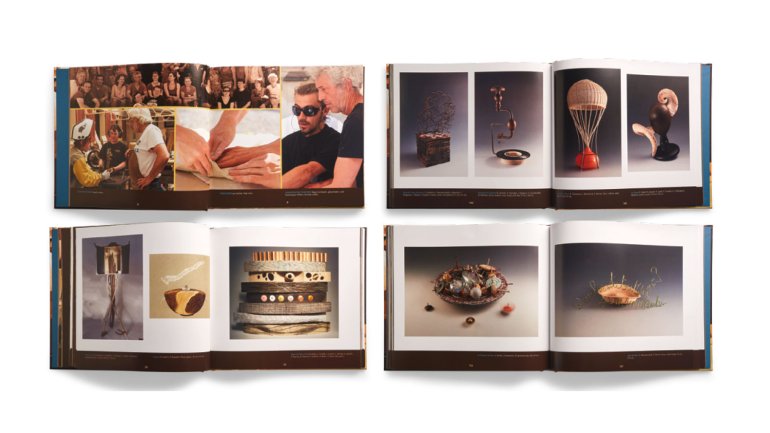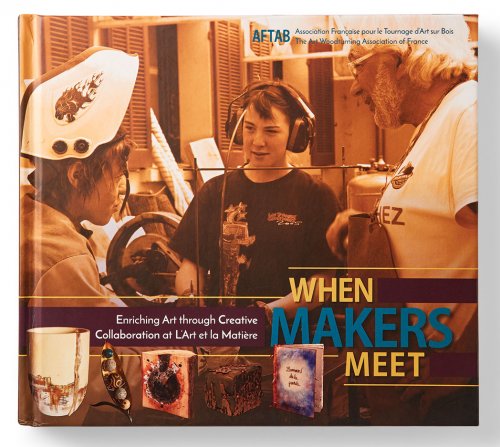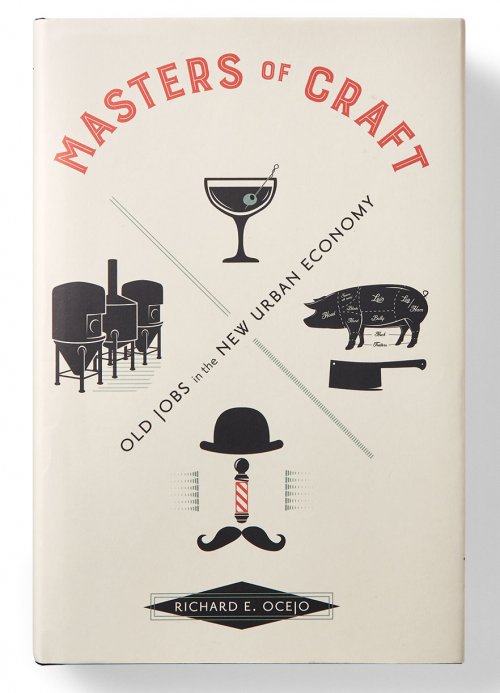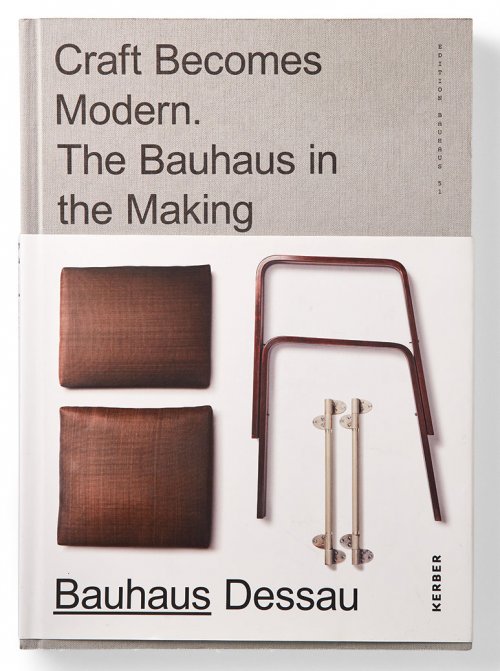Old Becomes New
Old Becomes New
When Makers Meet: Enriching Art through Creative Collaboration at L’Art et la Matière
The Art Woodturning Association of France
Schiffer Publishing, $30
When Makers Meet is an exuberant retort to the myth of the lone artist and hermetically sealed inspiration. The book documents the 2013 and 2015 L’Art et la Matière extravaganzas in a Provençal village. The French woodturning association hosts the event, but one goal was to break free from the confines of material and method, so glassblowers, basketmakers, metalworkers, and others also attended. This modest volume shows what can happen when they all get together.
Photo galleries display the resulting objects, all involving at least two makers and two materials. Some materials combine exquisitely, and others are startling; some pieces look designed by committee. But it’s the process that counts. You can see it in the faces of the artists in the candid photos paired with the objects: the thrill of learning, the joy of joining energies, when the devotional act of making grows even richer. ~Judy Arginteanu
Masters of Craft: Old Jobs in the New Urban Economy
By Richard E. Ocejo
Princeton University Press, $30
In this age of the smartphone, old-fashioned products and services have a renewed cachet. Customers are willing to wait longer and spend more for expertise, and workers are finding purpose in labor-intensive professions that seemed unglamorous a generation ago.
In Masters of Craft, Richard Ocejo examines “old jobs in the new urban economy,” the barbers, bartenders, distillers, and butchers who’ve studied centuries-old trades and given them a hip, contemporary twist. Following subjects from New York and environs, Ocejo advances a welcome thesis: that the central allure of these practices is their reliance on skill and craftsmanship, that professionals and consumers bond over admiration of work done well, by hand.
The book gives workers space to explain their love for, and frustrations with, their careers. But its chief pleasure is its descriptions of the work itself. We watch butchers “break down” animals, barbers cut perfect lines, distillers sample and refine. At one point, learning to debone a pork rib loin, the author writes, “The task involves moving the knife in a wavelike motion, up and down at rounded angles.” It’s slow, careful work – which, in these hurried days, is a relief. ~Robert O’Connell
Craft Becomes Modern. The Bauhaus in the Making
Edited by Regina Bittner and Renée Padt
Kerber Verlag, $55
This book is a hybrid with a misleading title. It includes original Bauhaus documents (in German) and several expert essays on the position of craft in the Bauhaus, especially as design for industry became dominant in Dessau, the site where it was at its peak. Other essays agonize over the meanings of “craft” and “design.” There is provocative thinking and sufficient coherence in all of that. But the book accompanies an exhibition of the same name at the Bauhaus Dessau Foundation (through January 7) where “the new practices of craft in the 21st century enter into dialogue with modern craft at the Bauhaus.” So the book includes interviews with designers and collaboratives such as Assemble and Opendesk, plus an essay by Julia Bryan-Wilson on craft as politics – American “craftivism” – although everything else centers on Europe. The linkage is tenuous, but, taking one thing at a time, there’s much of interest. ~Janet Koplos




